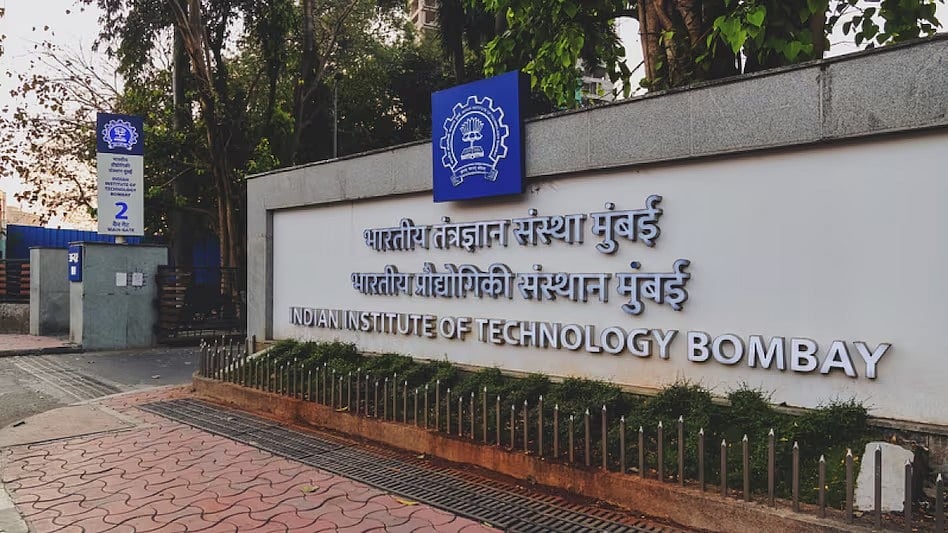Mumbai: A team of researchers from the Indian Institute of Technology Bombay (IIT-B), in collaboration with the Indian Space Research Organisation (ISRO) and the Defence Metallurgical Research Laboratory (DMRL), has pioneered a simple yet groundbreaking method to enhance the strength of friction-welded joints between dissimilar metals—by merely altering the shape of the contact surface.
Friction welding is a solid-state joining process that uses high rotational speed and pressure to create heat and fuse metals without melting them. However, when dissimilar metals such as stainless steel (SS321) and titanium alloy (Ti6Al4V) are joined, metallurgical incompatibility often results in the formation of brittle intermetallic compounds (IMCs), weakening the weld.
To address this, a nickel interlayer is commonly used to prevent the formation of iron-titanium IMCs. Yet, in conventional welding processes, much of this interlayer is lost due to the generation of flash: material that is expelled from the joint and usually discarded.
Led by Dr Neeraj Kumar Mishra under the guidance of Prof Amber Shrivastava from IIT-B’s Department of Mechanical Engineering, the research team introduced a taper to the titanium rod before welding. Titanium, being softer than stainless steel, deforms more readily, allowing for a better bond and the creation of a cavity that traps flash material.
“The interface geometry plays a crucial role in heat generation, material flow, and flash retention,” explained Prof Shrivastava. “By tapering the titanium end, we managed to retain more of the nickel interlayer, improving the mechanical properties of the joint.”
Experiments using rotary friction welding machines showed that this flat-taper geometry retained up to five times more nickel interlayer compared to the conventional flat-flat design. Electron Back Scattered Diffraction (EBSD) and Energy Dispersive Spectroscopy (EDS) analyses revealed that the new interface successfully inhibited the formation of brittle Fe-Ti compounds.
Mechanical testing further confirmed the innovation’s effectiveness. The tensile strength of the flat-taper welds averaged 334.7 MPa—more than double that of traditional joints, which averaged 163.3 MPa. Fractography showed that the failure in the new design occurred primarily at the more ductile nickel-titanium interface, as opposed to the brittle iron-titanium region in standard joints.
The researchers also observed dynamic recrystallisation—where high temperatures and stress reorganise the metal’s grain structure—contributing to finer grains and thus stronger joints.
“The next step is to expand this method to other metal combinations and develop predictive models that account for taper angle, interlayer thickness, and welding parameters,” concluded Prof Shrivastava.
